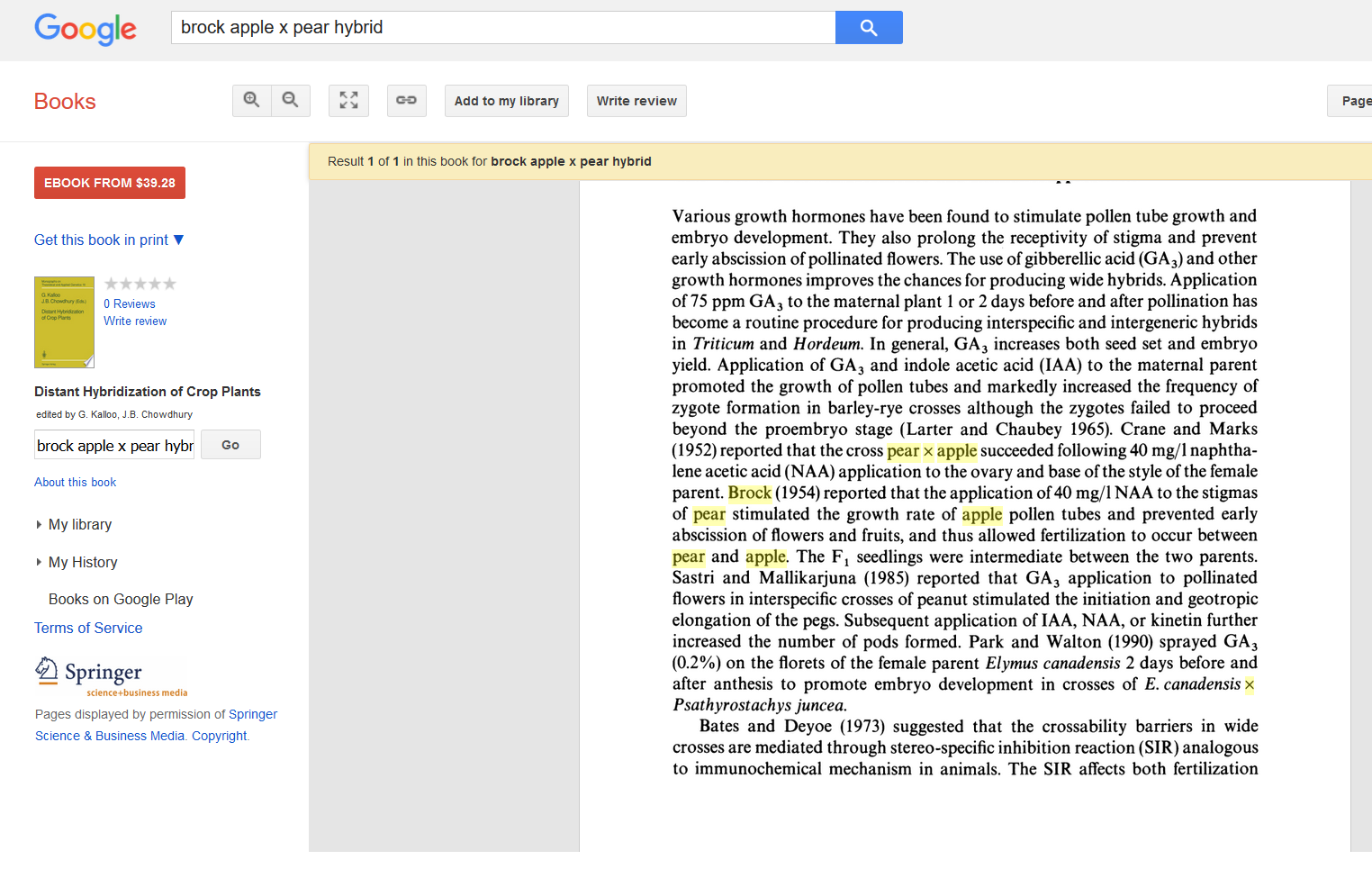Recently, I’ve had the discussion with someone. They keep insisting I need to practice the pollination process, but I keep insisting that knowing roses thoroughly (lineage, general growth habit, differences in growth and characteristics based on climate and region, ease of use in breeding, among other time-consuming things) is the real heart of rose breeding. As a note, this person hasn’t done any of their own breeding before and hasn’t read anything from the RHA or other breeding resources.
Yes, I’ve heard that ultimately rose breeding has a lot to do with pure chance, but having a goal in mind and knowing which choices to make (and why) seems to be what makes most successful rose breeders successful. I believe I even heard Tom Carruth say in a lecture this is why Herbert Swim was able to create more successful offspring with less crosses than other breeders. He knew his roses intimately and planned based on that knowledge. Yes, the numbers of pollination do affect the genetic outcome, but knowing the roses in their program intimately, and knowing the ones they want to bring into to their program, seems like a much more difficult, time-consuming, and more important process than knowing how to pollinate.
I may be wrong, but I learned the actual pollination process within a few hours. Over a few weeks, I got better at it, but my actual skills for picking apart a flower and pollinating seemed to plateau quite quickly. Yes, I’m sure it’s possible to get better at it. It is absolutely possible to learn skills to make things faster and more efficient, but I don’t think emasculating and placing pollen on the stigma is that difficult when compared to other skills and knowledge necessary to successfully breed. It’s all important. All of this has it’s place, but the why of rose breeding (why you choose certain lines and cultivars) seems to be the thing to prioritize time-wise than the how of rose breeding (pollination).
Ultimately, I’m still a noob at this. What are your thoughts? Specifically on what is the easiest and more time-consuming or difficult parts of rose breeding.
Thank so much!
